-

04 May 2018
Imagine a place…
Events | PPC91 May 2018
...where pest controllers get together to learn something new, share ideas, meet local product distributors, eat bacon and drink a lot of coffee. A place that brings together like-minded professionals, expert.... More
-

04 May 2018
THE LOWDOWN: Level 2 Pest Control Technician Apprenticeship
Training | PPC91 May 2018
In May 2015 a group of 14 companies, large and small, approached BPCA for help in gathering a Trailblazer group together to create an apprenticeship for pest control technicians. Three years on, Karen Dawes, BPC.... More
-
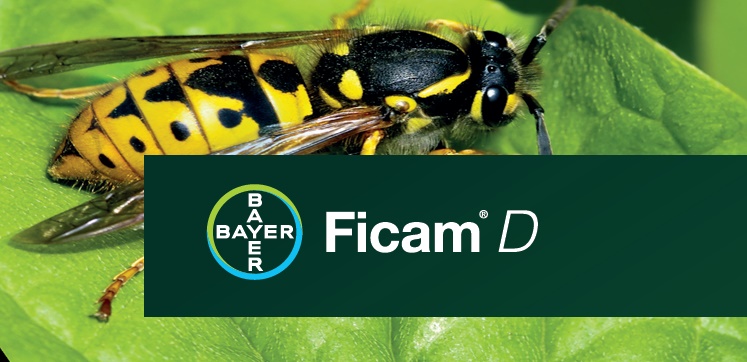
04 May 2018
Advert: Ficam D Wasp Control
Advertisement | PPC91 May 2018
< Contents
Next article >
. More
-
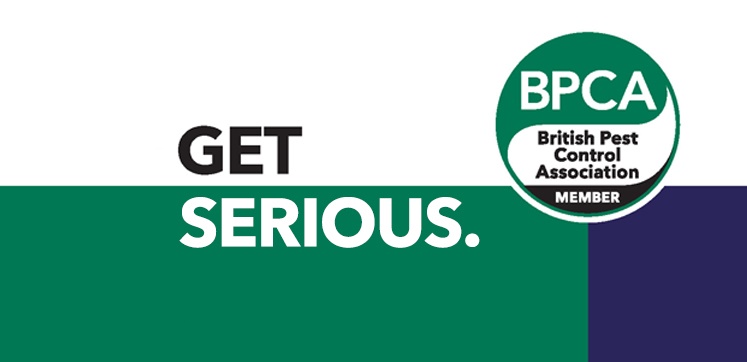
04 May 2018
Advert: Get Serious with BPCA
Advertisement | PPC91 May 2018
< Contents
Next article >
. More
-

04 May 2018
Advert: Trapper T-Rex
Advertisement | PPC91 May 2018
< Contents
. More
-

30 April 2018
BPCA partnership with Hotel Facility Management Expo
We are excited to announce BPCA will be working with the Hotel Facilities Management Expo as official partners for their trade show, held in the ExCel on 25-26 September 2018.
The Hotel Facilities Management Expo is the ultimate destinati.... More
-
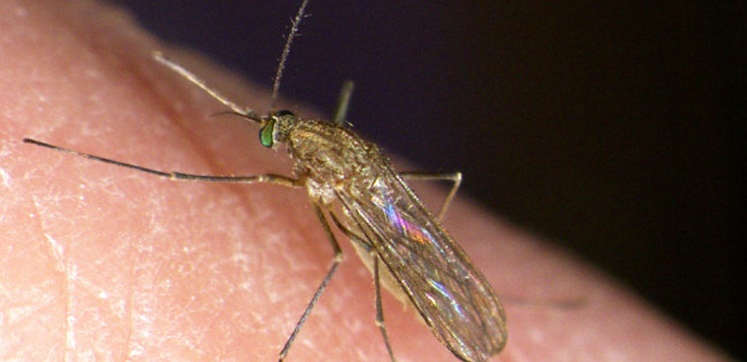
19 April 2018
Climate conditions clear the way for mosquitoes in the UK
Press release | PestAware
Spring marks the start of the flying insect season in the UK and current weather patterns could see numbers soar, according to a national trade body.
The British Pest Control Association (BPCA) say.... More
-

19 April 2018
CRRU issues updated rodenticide guidelines for online sales
Guidelines for online sales of anticoagulant rodenticide products have been updated for recently introduced smaller packs and lower active ingredient levels in products for general public use.
All such rodenticides must now be lower than 30pp.... More
-
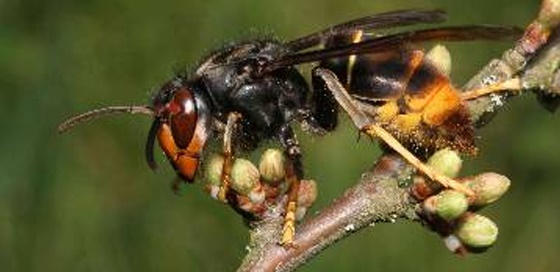
16 April 2018
Asian hornet identified in Lancashire
The National Bee Unit has confirmed a sighting of the Asian hornet in the Bury area of Lancashire. It was spotted by a member of the public in a cauliflower, which has since been traced back to Boston, Lincolnshire.
The Asian hornet is.... More
-

09 April 2018
2018 CEPA-NPMA Global Summit of Pest Management Services shaping up
Following the success of the two previous editions, CEPA and NPMA are co-hosting a third Global Summit of Pest Management Services for Public Health and Food Safety between, 4-6 June 2018.
Uniting the Globe to Protect Health through Technol.... More
-

09 April 2018
BPCA responds to ECHA Cholecalciferol public consultation
The European Chemicals Agency (ECHA) is inviting responses from relevant parties in response to derogating Cholecalciferol to the exclusion criteria.
BPCA, on behalf of all its members, has responded. An extract from the response is,
&ldqu.... More
-
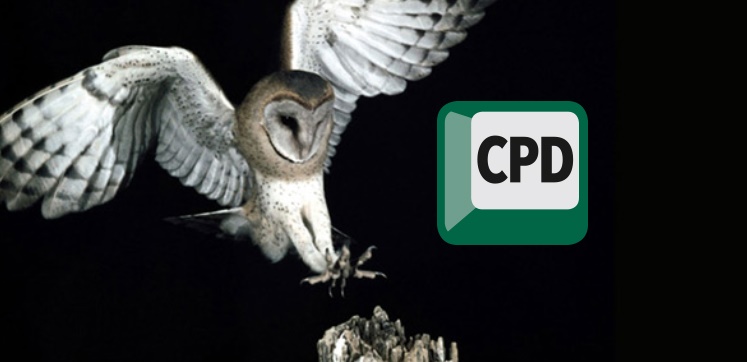
04 April 2018
All rodenticide users encouraged to update knowledge
Pest controllers, farmers, and gamekeepers are being encouraged to undertake knowledge updates to maintain their professional competence in the use of stewardship-label rodenticides, says CRRU UK.
In its response to UK Rodenticide Stewardship.... More
-

04 April 2018
Regular tyre checks are "essential for vehicle safety"
Drivers across the UK should be carrying out regular examinations and checks on their tyres in order to stay safe when taking to the roads, GEM Motoring Assist has warned.
According to the road safety and recovery specialist, excessive wear a.... More
-

04 April 2018
Oxford Direct Services to generate £10.4m for council services over next 4 years
Member story | BPCA online
BPCA Servicing Members Oxford Direct Services, the commercial division of Oxford City Council, plans to deliver £10.4m in value back to the Council over the next 4 years, which can be put towards council.... More
-

29 March 2018
Pest control procedures in the food industry - A recipe for success
Food industry | PestAware
The risks posed by pests in any food handling premises are diverse. There's the spread of disease, damage to property (including foodstuffs), adverse public opinion, damage to reputations, and the risk (and.... More
-

28 March 2018
Conservationists unleash rodent detection dogs in final phase of world’s largest rodent eradication
Three small dogs are at the centre of the final phase of the world’s largest project to eradicate invasive species.
Terriers Wai, Will and Ahu have joined a team of 16 humans deployed by the South Georgia Heritage Trust (SGHT.... More
-

28 March 2018
Nottingham Pest Control careers fair success
Member story | BPCA online
On Friday 16 March 2018, Nottingham based company NPC Pest Prevention Solutions attended one of the Midlands largest jobs fairs.
The fair was held at the prestigious Pride Park Stadium in Derby, home to Derb.... More
-
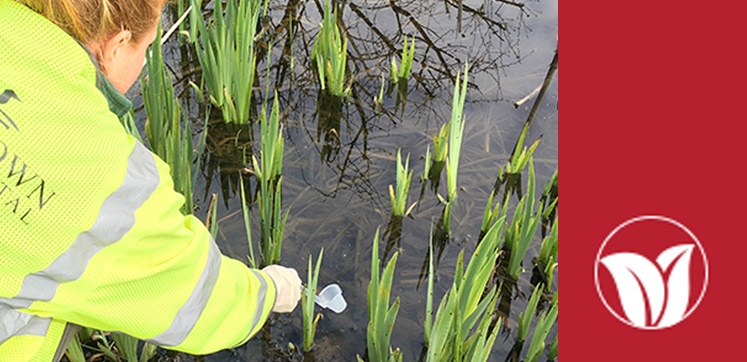
23 March 2018
NBC celebrate 25 years in business with environmental conference
Member story | BPCA online
2018 marks the 25th anniversary for BPCA Servicing member NBC Environment. They are celebrating this milestone by fundraising for the Princes Trust to help give other businesses the opportunity to have the same s.... More
-

21 March 2018
Ticking the box - the value of maintenance cycles for effective pest control
Pest management support | PestAware
A pest management maintenance cycle plays a significant role in health and safety, well-being, and upholding the reputation of a business. Find out how to implement a robust pest control maintenance.... More
-
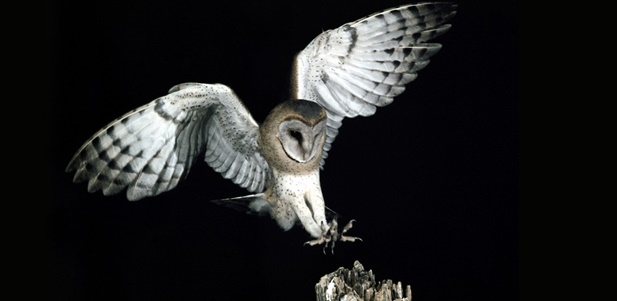
20 March 2018
Lantra withdraws approval from 'customised' rodent control on farms training
With effect from 01 March 2018, one of UK Rodenticide Stewardship's formal awarding organisations for training, Lantra, has withdrawn approval from any 'customised' variants of its own Rodent Control on Farms course.
Stewardship co-ordinator.... More
-

20 March 2018
Defra consultation on the implementation of the Agreement on International Humane Trapping Standards
The Department for Environment, Food and Rural Affairs (Defra) is seeking views on proposals for implementing the Agreement on International Humane Trapping Standards (AIHTS) in the UK.
Defra is also seeking evidence on the su.... More
-

16 March 2018
PPC Live feedback: win an Amazon Kindle Fire tablet
If you attended PPC Live 2018, we'd like you to answer a few questions to help us improve for future years. If you provide an email address at the end of the survey, we'll enter you into a prize draw where you could win an Amazon Kindle Fire table.... More
-
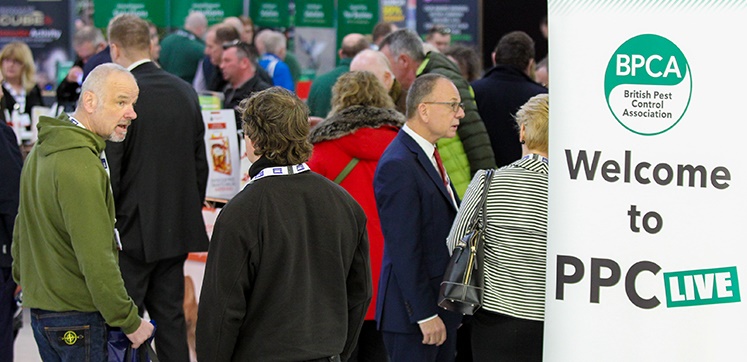
16 March 2018
When professional pest control got together: PPC Live 2018
On 14 March 2018, the public health pest control sector got together in Malvern, Worcestershire for BPCA’s tradeshow, PPC Live.
With a mix of British and international exhibitors, PPC Live brought together the pest management visito.... More
-

09 March 2018
Second BPCA member delivers gold award
Member story | BPCA online
Surrey based Cleankill has become the first pest control company in England to be awarded the Investors in People Gold Standard, demonstrating the company’s commitment to high performance through good peo.... More
-

09 March 2018
Bayer clarifying new rodenticide regulations at PPC Live
Member story | BPCA online
The Bayer Pest Solutions Team will be advising delegates at PPC Live, on 14 March, on the upcoming regulatory changes, from the European Chemical Agency, facing anticoagulant rodenticides. So, pest controllers ar.... More
-
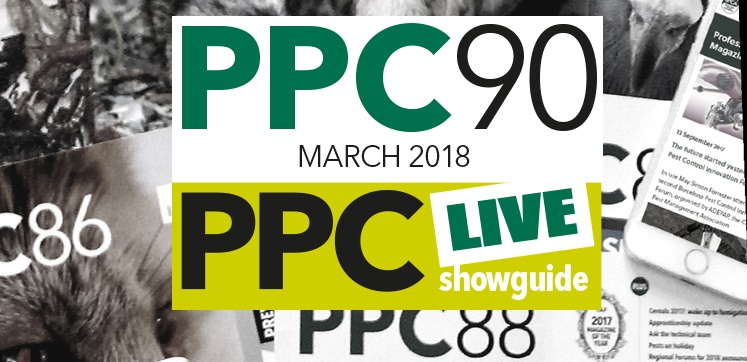
08 March 2018
PPC90 and PPC Live Showguide out now
Professional Pest Controller issue 90 and the PPC Live showguide are out now. The BPCA member and industry magazine is packed full of all the latest pest control news and features (March 2018).
PPC magazine is made for our members, pest.... More
-

07 March 2018
PPC Live quick showguide
PPC Live showguide | PPC90 March 2018
See what's happening at PPC Live 2018 and plan your day with our handy showguide quick view.
Indoor seminar schedule
9.30 - 10.15
No in-house marketing guru? No problem! –
M.... More
-

07 March 2018
Professional pest control is getting together!
The stage is set for the most important pest management event of 2018. Held on Wednesday 14 March 2018 at the Three Counties Showground, Malvern, Worcestershire – PPC Live should have a firm place in your diary.
This year, PPC Live is a.... More
-

07 March 2018
All together now
President foreword l | PPC90 March 2018
PPC Live
Maybe you’re reading this while working your way through the packed hall of exhibitors or between participating in one of the informative seminars or live demonstrations.
.... More
-

07 March 2018
Advert: PestFix grows from strength to strength
Advertisement | PPC90 March 2018
PestFix has been working hard to make your customer experience even better and to give you greater value, and is delighted to announce some exciting new developments for 2018.
New: rodenticide bait sta.... More
-
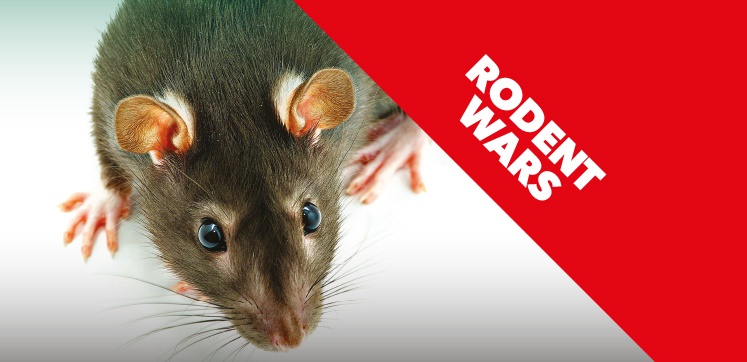
07 March 2018
Anticoagulant resistance in house mice ...a moving target.
Feature pest control | PPC90 March 2018
Move with it ...or miss out! Adrian Meyer is an author and editor of the British Pest Management Manual (BPM). He talks us through the issue of pesticide resistance and the research being conducted.... More
-
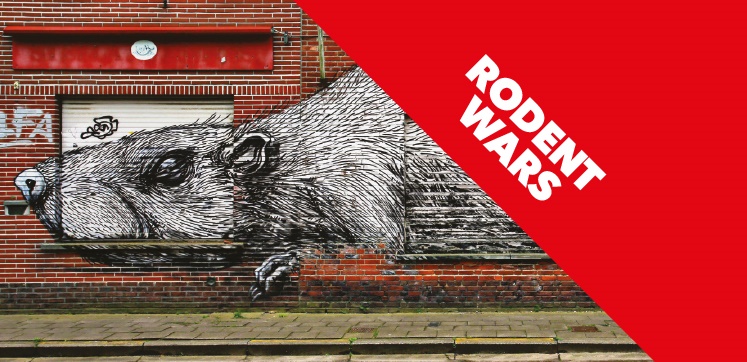
07 March 2018
Rodenticide concentration: the effect on resistance
Feature pest control | PPC90 March 2018
Sharon Hughes, Global Technical Marketing Manager of Rodenticides at BASF, considers how the proposed reduction in the concentration at which anticoagulants are used may impact on resistance and se.... More
-
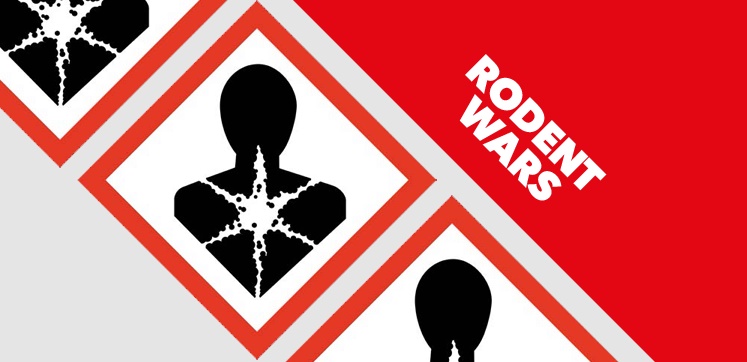
07 March 2018
Anticoagulant rodenticide changes for 2018
Feature pest control | PPC90 March 2018
There are few sectors where changes in legislation lead us to have to adapt our practice as much as the pest management industry. Product changes can be tricky to follow at the best of times, but w.... More
-
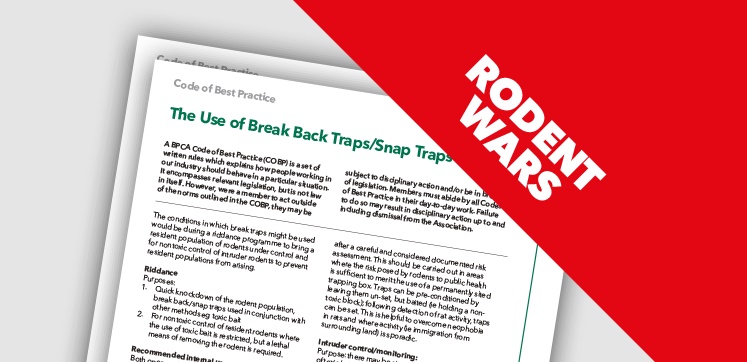
07 March 2018
New Code of Best Practice: Snap back traps
Feature pest control | PPC90 March 2018
The new Code of Best Practice for The Use of Break Back Traps/Snap Traps has been released. If you’re working in a BPCA Servicing company you should already be following the Code as it&rs.... More
-
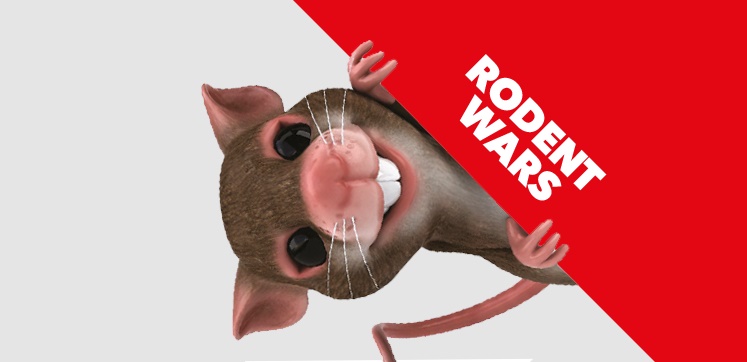
07 March 2018
Black Death? It wasn’t me
Feature pest control | PPC90 March 2018
A new study suggests that rats might not be responsible for spreading the Black Death and subsequent epidemics of bubonic plague that rampaged across Europe, Asia and Africa for over 600 years.
.... More
-

07 March 2018
PPC Live: Meet the speaker - Clive Boase
Feature pest control | PPC90 March 2018
We catch up with Clive to find out what we should expect from his upcoming seminar at PPC Live 2018 titled Resistance – back to basics.
I have worked in the pest control industry f.... More
-

07 March 2018
How do you sell pest control to a farmer?
Feature pest control | PPC90 March 2018
With stewardship being (very nearly) two years old, Marketing and Communications Manager Ben Massey looks at the business opportunities that have been created.
Back in 2016 I wrote about.... More
-
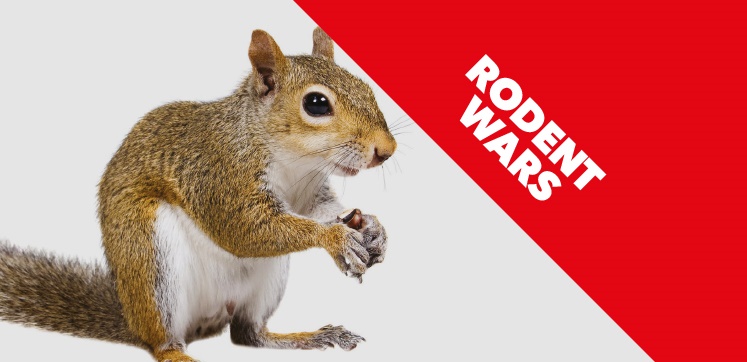
07 March 2018
Pestwatch: Squirrels
Feature technical | PPC90 March 2018
We’ve changed our regular PestWatch feature and asked our technical team to focus on just one pest to look out for over the coming months. To kick off, Dee and Natalie have chosen the gre.... More
-

07 March 2018
Advert: The best thing since 'mice bread'
Advertisement | PPC90 March 2018
< Contents
Next article >
. More
-
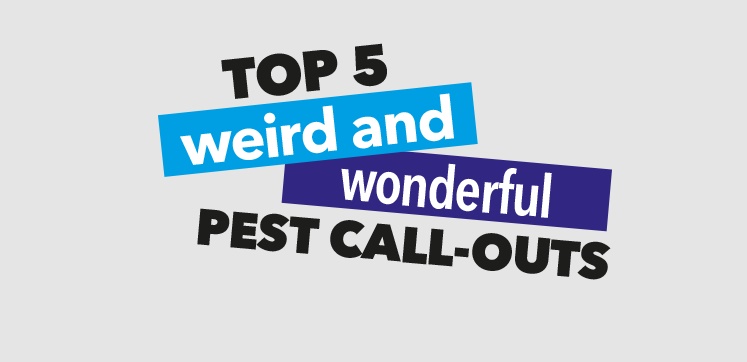
07 March 2018
Top 5 weird and wonderful pest call-outs
Feature technical | PPC90 March 2018
“There’s nowt so queer as folk,” as our friends in the north often say. As pest controllers, we’re well-placed to confirm this piece of ancient Yorkshire wisdom.
We r.... More
-

07 March 2018
Branding your pest control van
Feature promotion | PPC90 March 2018
Marketing and Communications Manager, Ben Massey, looks at the top tips for using your pest control van as a canvas for marketing and promoting your business.
Speed read
Keep info t.... More
-

07 March 2018
Rocket Van! Van safety for the professional pest controller
Feature business practice | PPC90 March 2018
Quick view
HSE says work vehicles must be regularly maintained, repaired and inspected
The DVSA has a comprehensive guide to daily checks
By law we have ensure chemicals are st.... More
-

07 March 2018
Advert: Project Neo
Advertisement | PPC90 March 2018
< Contents
Next article >
. More
-

06 March 2018
Premium performance: master your van insurance
Feature business practice | PPC90 March 2018
Content and Communications Officer, Scott Johnstone, teamed up with Stephen Hughes from Bradshaw Bennett to get some tips together for PPC readers.
It’s proba.... More
-

06 March 2018
Your all-in-one software solution
Advertisement | PPC90 March 2018
< Contents
Next article >
. More
-

06 March 2018
Unbugging local authority pest control
Feature meet the member | PPC90 March 2018
While many local authorities are scaling back their pest control work (or cutting it altogether), the PPC team went to meet a local authority that’s ramping up pest management w.... More
-

06 March 2018
Back to school pest awareness
Feature business practice | PPC90 March 2018
Dee and Natalie usually spend time talking pest awareness to high-ups in food premises or the hospitality industry but sometimes something different comes along...
It’s a.... More
-

06 March 2018
GDPR May 2018 deadline approaches: what pest control companies need to know
Feature business practice | PPC90 March 2018
The General Data Protection Regulation (GDPR) means that individuals have greater control over how organisations collect, use and protect their personal data. It’s potentially a.... More
-

06 March 2018
INFOGRAPHIC: A look at 2017
Feature your association | PPC90 March 2018
2017 was when BPCA set its sights firmly on engagement and satisfaction. More members, their employees and associated industries engage with us than ever before. The aim in 2018 is to drive for.... More
-
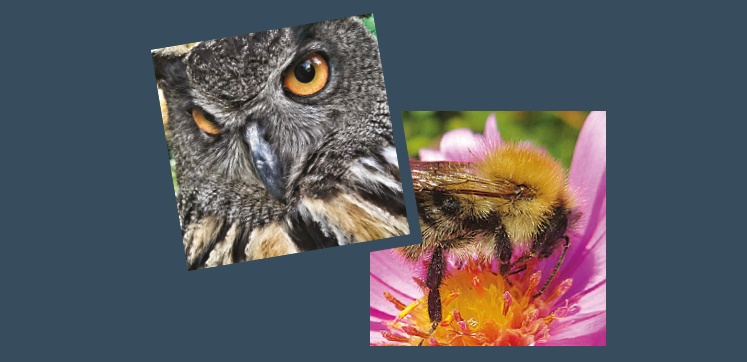
06 March 2018
Birds and the bees fly the nest
Feature your association | PPC90 March 2018
February and March saw BPCA’s two new special interest groups meet for the first time – Beewise and Birdwise.
...it’s important that pest control professionals ar.... More